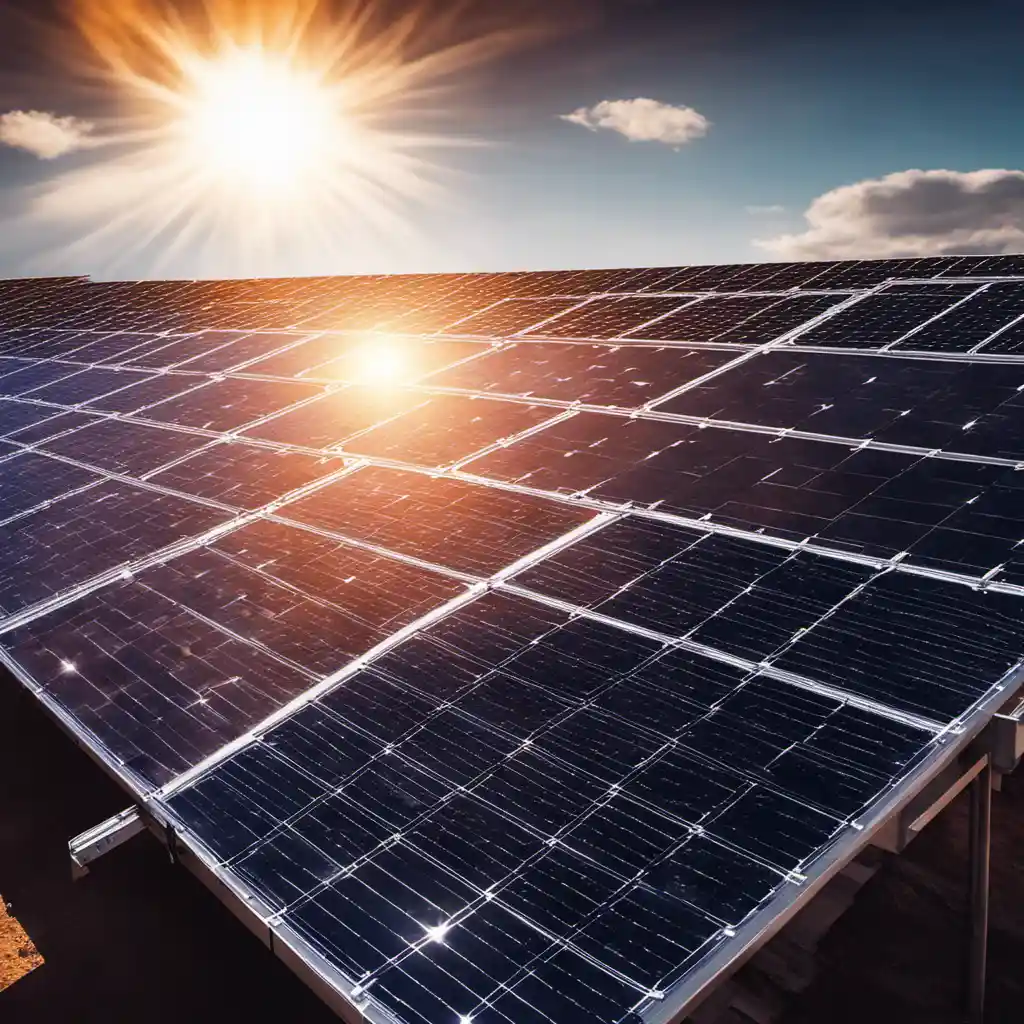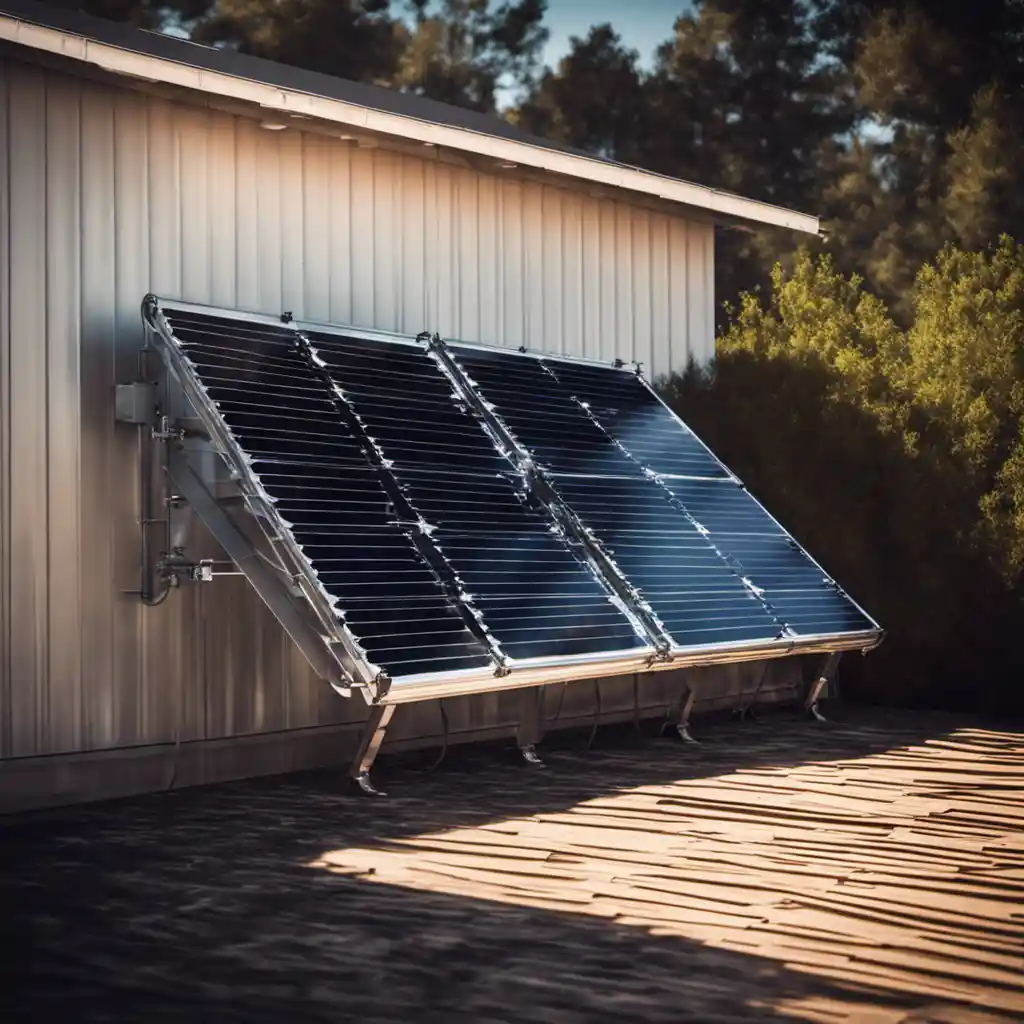Introduction to Solar Energy
Solar energy can generally be harnessed and utilized in two main ways: photovoltaic (PV) and thermal. Photovoltaic energy converts sunlight directly into electricity using panels or cells, while solar thermal energy uses sunlight to heat water or air for use in heating systems.
What is Solar Energy?
Defining what type of energy is solar energy typically converges on a single concept: it is radiant energy emitted by the sun. From warming our oceans to supporting all life forms, the sun’s energy is the lifeblood of our planet. Interestingly, we’ve discovered ingenious ways to harness this incredible resource and convert it into electricity that powers our modern lives. You can find out more about this on our page – What is Solar Energy.
The Science of Solar: How Does it Work?
The science behind solar energy isn’t as complex as it may seem. Simply put, certain materials when exposed to sunlight produce an electrical charge. This phenomenon known as the photovoltaic effect is what powers solar panels and solar cells. And voila! We have renewable energy from the most sustainable source imaginable – the Sun!
The Different Types of Solar Energy

Let’s delve deeper into the different types of solar energy that we can harness.
Photovoltaic Solar Power
Photovoltaic solar power involves the direct conversion of sunlight into electricity. This happens through the use of solar cells – semiconductors that absorb photons (light particles) and release electrons. When these free electrons are captured, electric current is produced.
One common application you may recognize, is solar panels on rooftops. In fact, the solar energy sector has witnessed a significant surge during the past few decades due to improvements in photovoltaic technology.
Concentrating Solar-Thermal Power
Concentrating Solar-Thermal Power (CSP) systems generate solar power by using mirrors or lenses to concentrate a large area of sunlight onto a small area. The concentrated light is then used as heat or a heat source for a conventional power plant. The systems are primarily used in desert areas where sunlight is abundant, and the land is less expensive like in Nevada’s Mojave Desert, where CSP plants thrive.
Low-Temperature Solar Thermal Power

Detouring from photovoltaics and focusing more on the heat of the sun, we touch base with low-temperature solar thermal power. This type of solar energy is used for heating – be it a swimming pool or the water used in homes and businesses.
Solar heat collectors capture and retain heat from the sun and transfer this heat to a liquid. Solar water heating systems could be either active (pumped) or passive (compact). It’s cost-effective, reduces reliance on fossil fuels, and is excellent for the environment.
Passive Solar Technology
Among all the types of solar energy, passive solar technology stands a bit apart. It refers to the natural heat from the sun, used to create comfortable living and working spaces — warm in winter, but cool and shaded in summer. It takes into consideration the design of the building, its orientation and the materials used in construction. Simply put, it’s more about the architecture than the technology.
Comparing the Different Types of Solar Energy
With an understanding of the diverse types of solar energy, let’s pit them against each other. Which one emerges as the most feasible option? Let’s find out.
Factors to Consider

While comparing the different types of solar energy, one should look at cost-effectiveness, scalability, adaptability to different climates, and energy efficiency.
Energy Output Comparison
Photovoltaic solar technology tends to produce a higher energy output, making it ideal for commercial and industrial settings. On the other hand, solar thermal technology provides a more moderate energy output but at a lower cost, making it better suited for residential areas.
Cost Comparison
Generally, photovoltaic systems tend to be more expensive due to the cost of the solar cells. However, with advancements in technology and the increasing demand for renewable energy, these costs are declining.
The Future of Solar Energy
Solar energy is exponentially getting advanced, cheaper, and more accessible. As we gaze into the future, we are likely to see more efficient and versatile applications of solar power. From solar windows to solar-powered vehicles and appliances, the future is indeed sunny!
To wrap up, remember that the Earth receives an incredible 120,000 terawatts of solar radiation every day. That’s 20,000 times more power than the entire world needs! So, it’s clear that solar energy is more than capable of meeting our energy needs. The only question is, how quickly can we make it our primary source of power? Join us on this journey as we explore how to make the most of this boundless energy resource.



